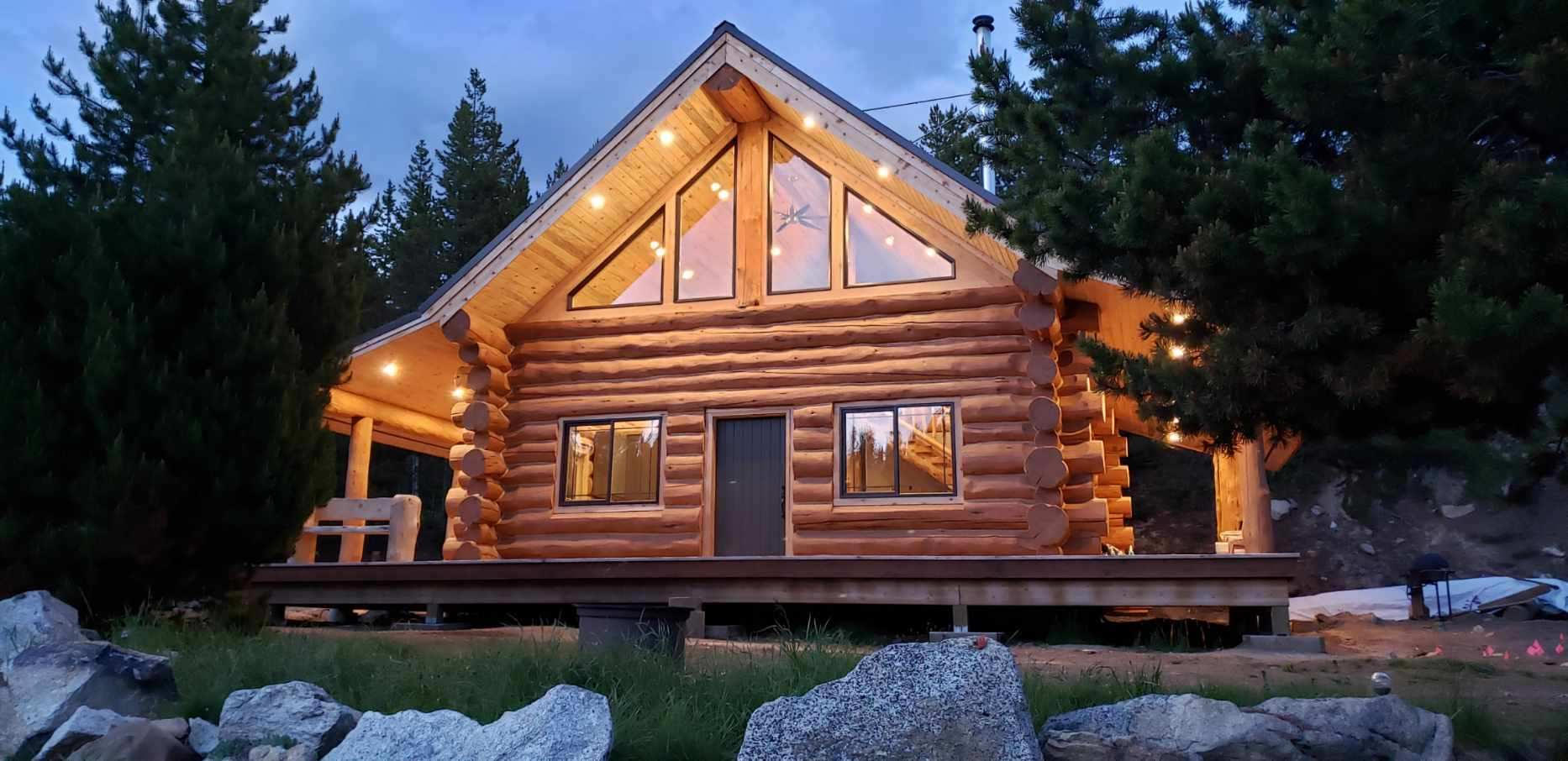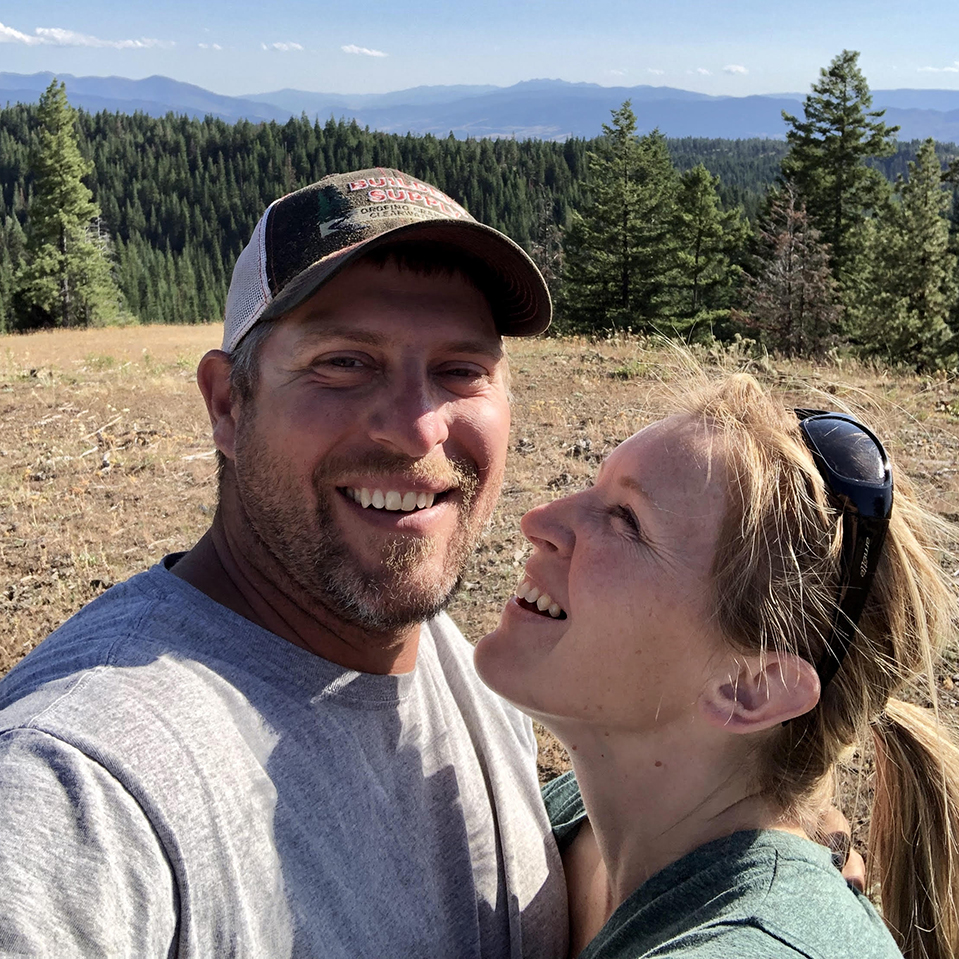
Log Home Maintenance
Most log home builders won’t confront this issue right away because, lets face it, the topic, by itself, is guaranteed to chase off potential buyers. We’ve all seen those old as the hills log cabins on Instagram and Facebook that while quaint and rustic, are rotten. Nobody has time enough to put in the effort and money it would take to restore those log cabins. If given the choice, let’s face it, I wouldn’t live there. As a log cabin and log home builder its frustrating to me that there isn’t information out there for the first- time log cabin customer on how to avoid those rotten log ends or that 2 inch chink gap where the logs settled but the posts did not. Log home maintenance involves the upkeep and repair of log homes to ensure their longevity and beauty. This article on log home and log cabin maintenance provides valuable insights and tips for keeping your log home in top condition.
LOG HOME BUILDING TIP #1 Choose a log home builder that has experience. It could be us at True Log, it could be one of the many out there, but make sure that they are COMMITTED to working with your plan designer by going over all the details. From helping to troubleshoot the position of your cabin on your site in relation to sun and wind, to making sure that your roof overhangs are just right to help shield your cabin from the elements in just the right places. We like to say, “think like a drip of water”. Even in stick framed houses, you will notice the side that gets the most weather needs repainted most often. If you have posts or beams hanging out past your roof and catching the water, common sense says that those will be the first to rot. If you love the look of a prow in the front of your house or a balcony built out of logs, just discuss with your log builder how you can protect those features.
TIP #2 Now let’s talk settling. It’s a real thing that log homes settle out in the first few years. Regardless of if you choose kiln dried or air-dried logs. We prefer air seasoned because they are already acclimated to the dry/moisture percentage in the atmosphere, and kiln dried will actually swell when they are exposed to natural environments. You can alleviate the worry of settling by once again choosing a log builder with experience. Just recently, we were asked to build to match some existing cabins that were built in a post and beam style. We immediately noticed that the other cabin builder had failed to account for settling and there was an actual 2-inch chink gap above the window logs. This problem could have been alleviated by accounting for settling based on a simple rule of thumb that we use. Needless to say, the new cabins will have all settling accounted for. I would like to add that the existing cabins were otherwise done beautifully, and we have complete respect for anyone that builds with logs.
TIP #3 Last, but not least, maintain the stain and chinking. If you owned a stick-built house, you would probably touch-up paint any bare wood as needed and repaint every 10 years or less. The same can be said for a log home. Because logs are a natural element, it’s easy to forget that you still need the protection from the exposure to rain and sun by adding a great stain. We recommend Permachink products but there’s also some great stain products obtained from building supply stores. Chinking is also an easy maintenance, just make a point to walk around your home and do a visual check to make sure all the caulking is firmly fixed with no gaps. Once, again think like a drip of water and closely inspect those areas. If you find a problem, caulk it up. There are also some great log home maintenance companies that will come out once a year and do a log wash and check all your chink and stain for issues.

I hope I was able to alleviate some of the maintenance worries about building a log home or cabin, and I look forward to hearing from you about any more questions or concerns. If you would like to buy a log home or log cabin, Drop me a line via email maushaks@gmail.com –Jesse and Michelle Maushak
